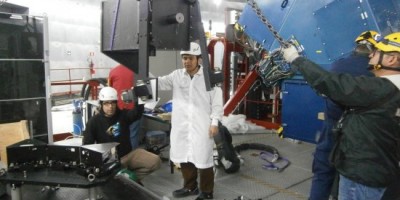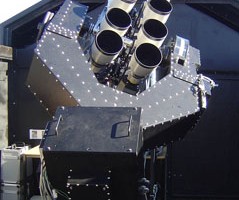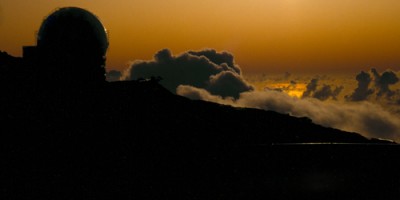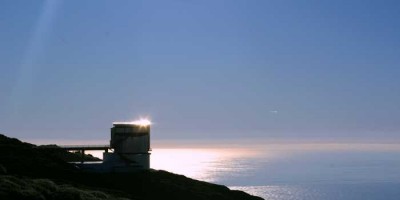A new instrument for GTC
Gran Telescopio Canarias has a (sort of) new spectrograph. The HORS spectrograph is very high resolution, and of course GTC’s huge mirror collects a lot of light from even the most distant object. Put them together and you can measure the abundances of the chemical elements in stars, determine the masses of black holes in binary systems, and the composition of the atmospheres of exoplanets. I say it’s a…




